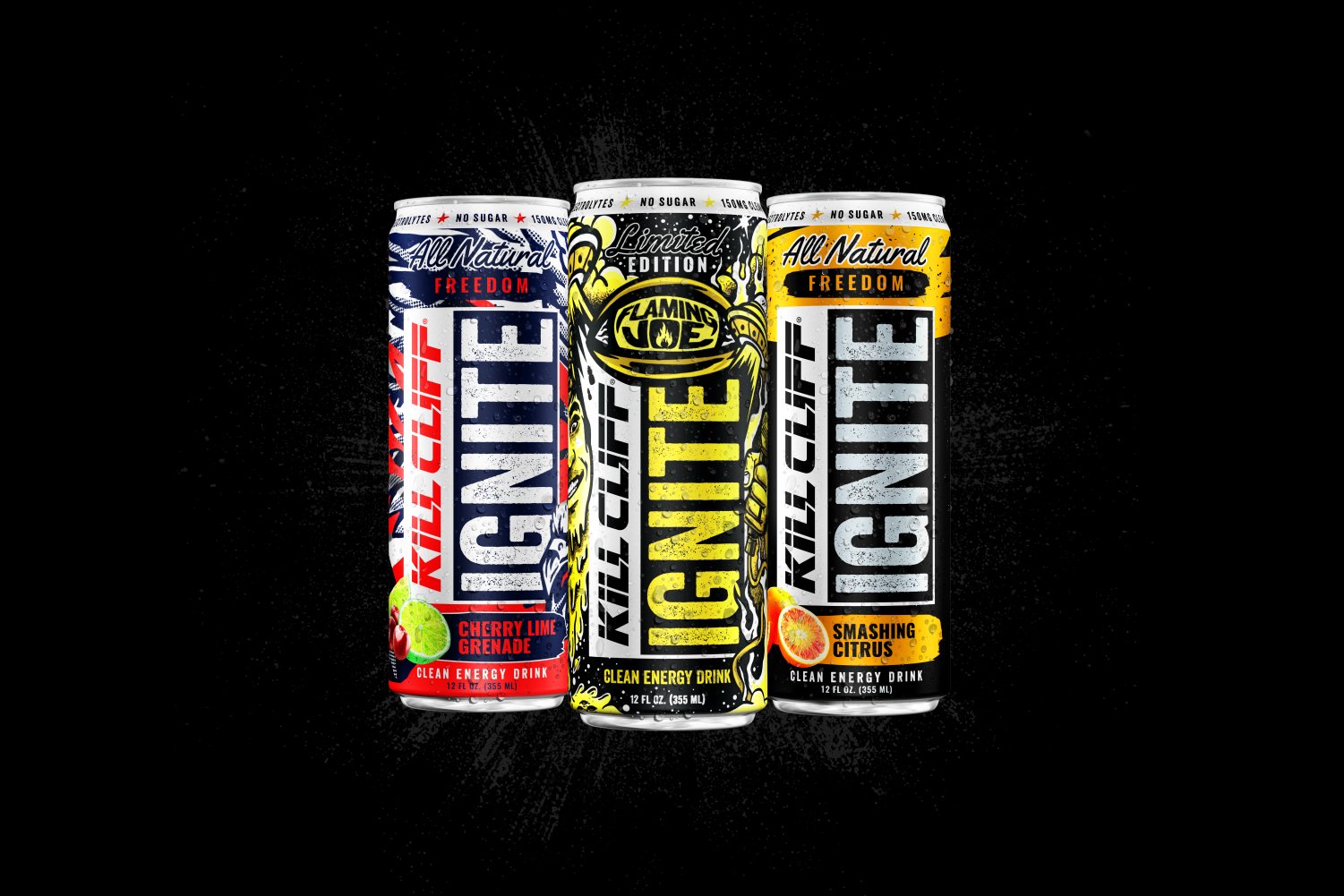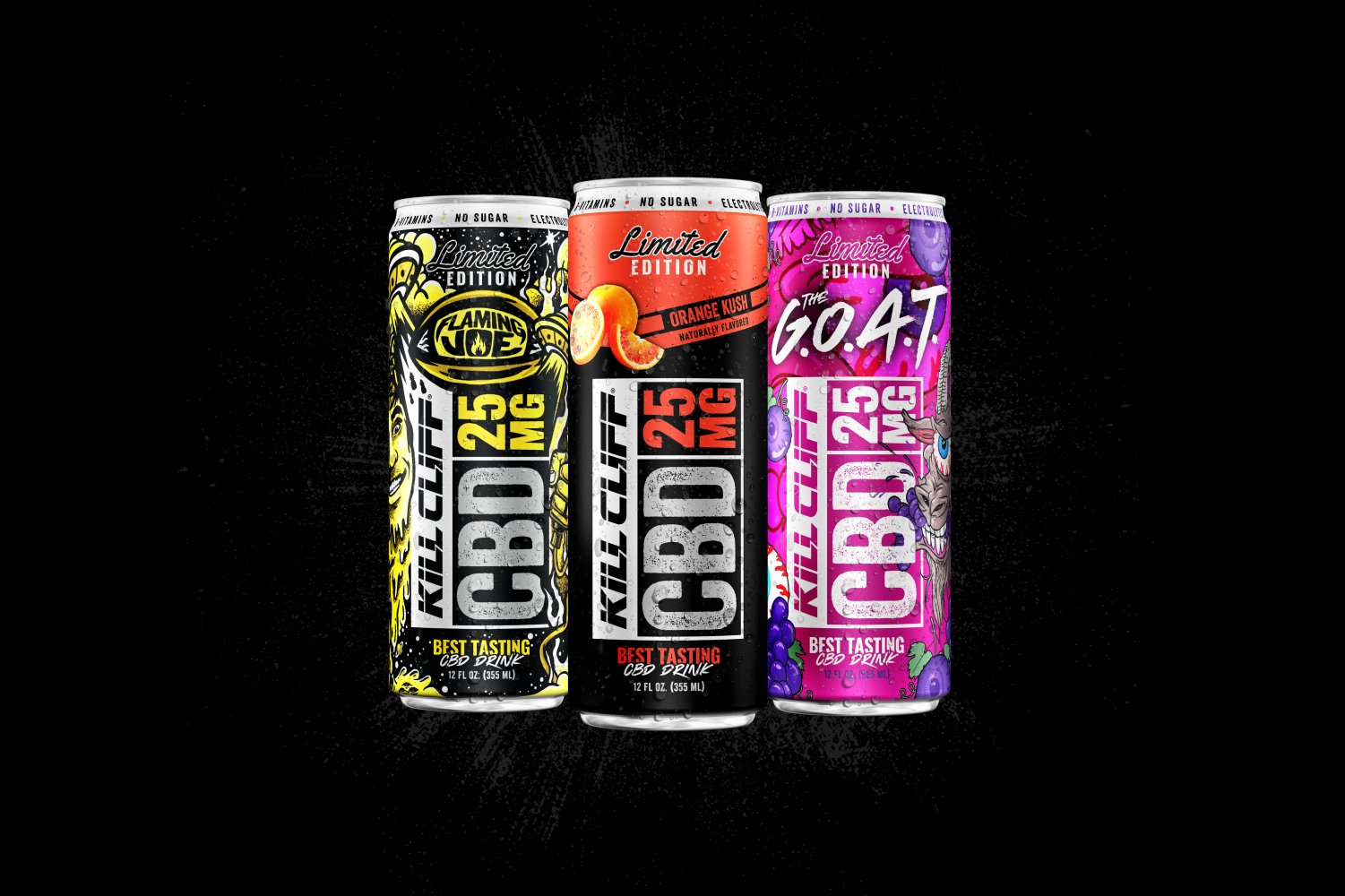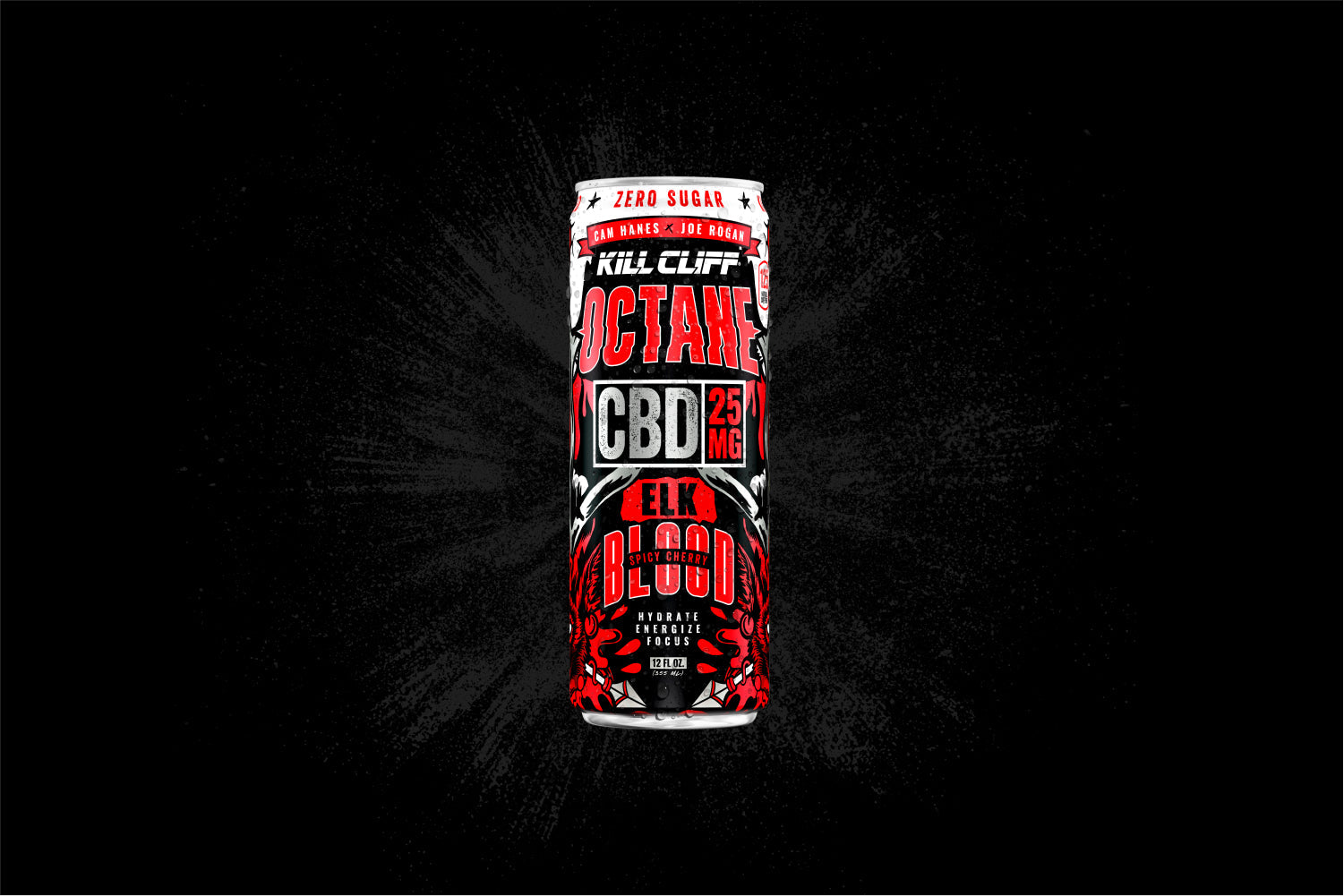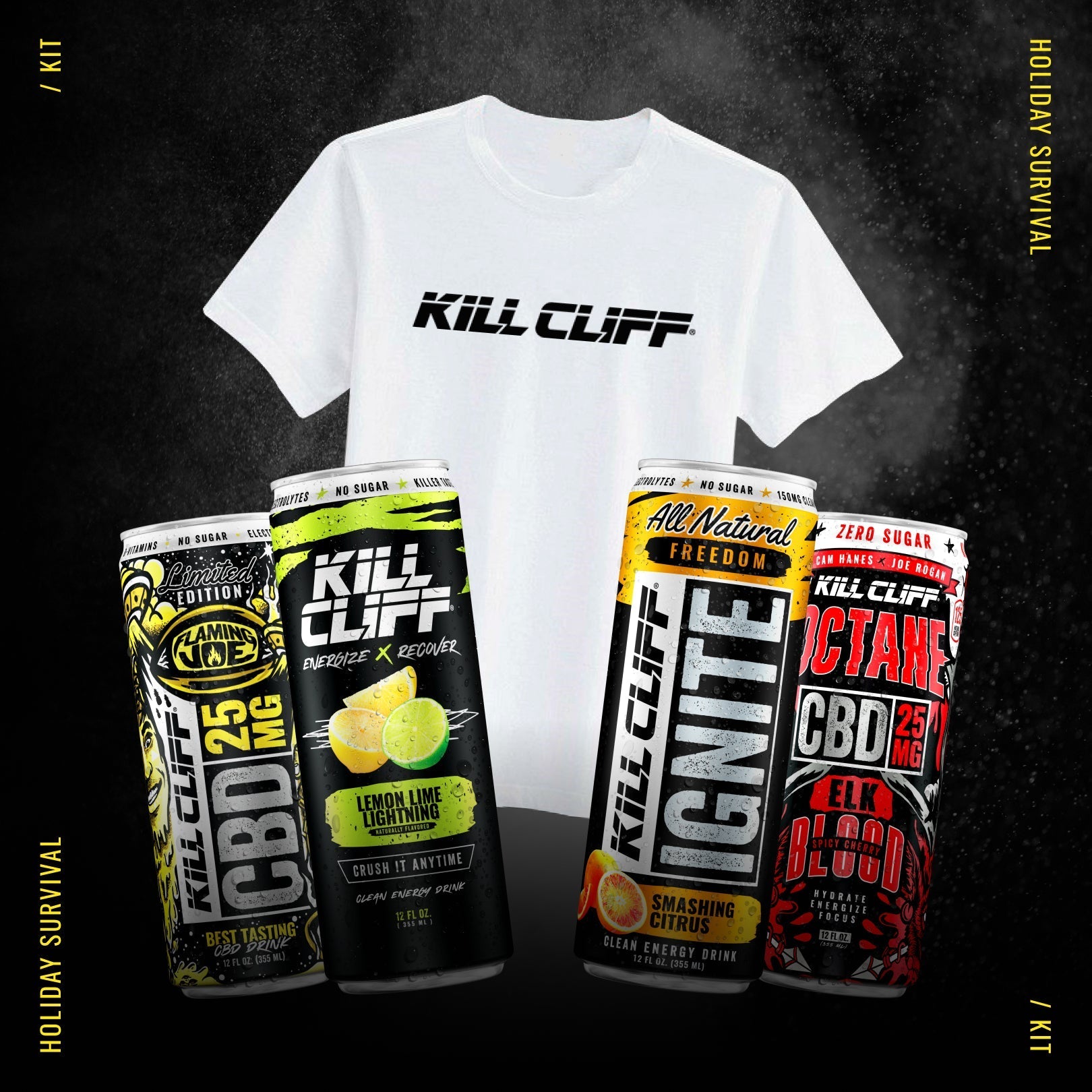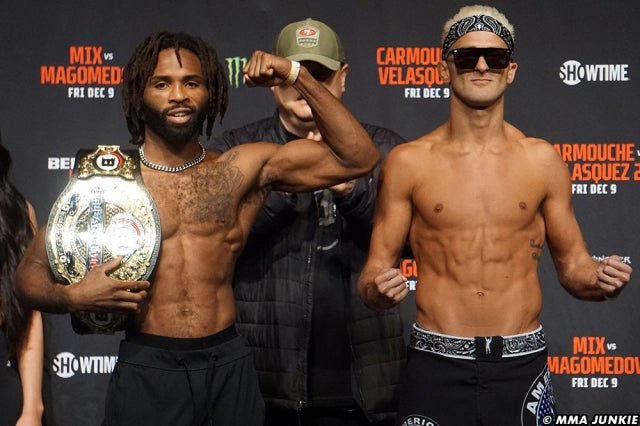
I hear it all the time, “I ate a big pasta dinner before my race/game but I’m not sure why I’m not performing any better!” Tisk, tisk, tisk, you fell into the trap of neglecting your sports nutrition plan. There’s something that separates decent athletes from great athletes and that’s called a sports nutrition plan! There are 5 key ingredients that must make up your sports nutrition plan and we’re going to dive into each one but first what’s the big WHY?
Why You Need A Sports Nutrition Plan in a Nutshell:
- Health- preventing deficiencies such as iron (think anemia= low energy)
- Performance- not enough glycogen stored= bonking
- Injury prevention- think stress fractures, strains and sprains
- Fat mass to lean mass ratio- lets face it, too much fat can slow you down
1. Periodization
Periodization basically means you’re fueling based on your training load. You can’t eat like you’re going to run 20 miles when you’re only going to run 5 and vice versa. This is where periodization comes in and balancing your plate for what you’re going to do, and not what you have done. You’ve probably seen the Choose My Plate model for mainstream America, but what about for athletes? That’s where athlete’s plates come in:.png?width=900&name=1%20(1).png)
As you can see when training load decreases, so does your two main energy sources: carbs and fats. On a rest day or taper week, follow the easy training plate. Training two a days or an extra long training? That’s where following the hard training plate comes into play.
2. Pre-workout Fueling
Pre, post, and during workout fueling seem to be the most neglected and easily the most impactful on your performance! A pre-workout snack/meal should be eaten anywhere from 30 min to 2 hours prior to training. The quick and dirty you need to know is low fiber, more carbs, little protein and little to no fat (we’re talking 5 grams or less). The size of that meal/snack depends on how close you are to your training. I’ll discuss pre-workout fueling in my blog next week to give you some ideas on what you can actually eat!
3. Post-workout Fueling
Following a workout or training session you have what I call “the window of opportunity.” This is the 30 minutes (60 minutes max) following a training session where your muscles are most like a sponge and soak up those nutrients with quickness! This is your optimal time for recovery from your workout- muscles fill back up with glycogen (storage form of carbohydrates) and amino acids (protein) saturates your broken down muscles to build them back up.
All this leads to training adaptation= enhanced performance and lessens your risk of injuries and deficiencies. Post-workout snacks should be similar to pre-workout snacks- a 3:1 ratio of carbs:protein (i.e. 60 g carbs:20 g protein). This amount will differ person to person and I’ll explain that in the next few weeks in my blog on post-workout fueling.
4. Fueling During Trainings
You might be thinking, “You mean I actually have to try to eat on top of juggling my training session?” The answer is yes and no. This really depends on how long and at what intensity you’re training. The general rule is if you’re going to be training for >1 hour or it’s going to be a slightly shorter, yet more intense workout then you need to eat!
Primarily carbs and a little bit of protein is what you’re looking for. Carbs for quick energy and protein to help time release that energy while getting a head start on recovery. A little caffeine won’t hurt either as it will help prolong you but it’s not necessary if you avoid caffeine. A good example here is a peanut butter sandwich (cut into chunks if you need it). Can’t do food while working out? Try liquids: ½ scoop whey protein mixed with either ½-1 c. fruit juice and water or water and a little dextrose powder.
5. Hydration
Last but not least, hydration! Hydration is so important that it can be life or death. What do I mean by that? Not replacing sodium during a hot and sweaty training can lead to hyponatremia= coma and even death! For many, a 2% reduction in body weight from dehydration can translate to a 20% decrease in performance. So here’s a quick tip, calculate your sweat rate. Just follow this equation below:
(Weight pre-workout – Weight Post-workout) x 16 oz= ______oz
+ oz fluids consumed during activity _____________oz total fluids used
total oz fluids used/duration of activity in hours= _________oz/hr (sweat rate)
Everyone’s sports nutrition plan will look different depending on your sport, training/competition schedule and special dietary needs. To get started on putting together your plan, download my free e-book, “Top 5 Steps to Fuel Your Body for Peak Performance”.

